Kvelertak's Vidar Landa on the band's triple-guitar assault, recording Nattesferd and touring with Metallica
One-third of the Norwegian rockers' guitar army speaks
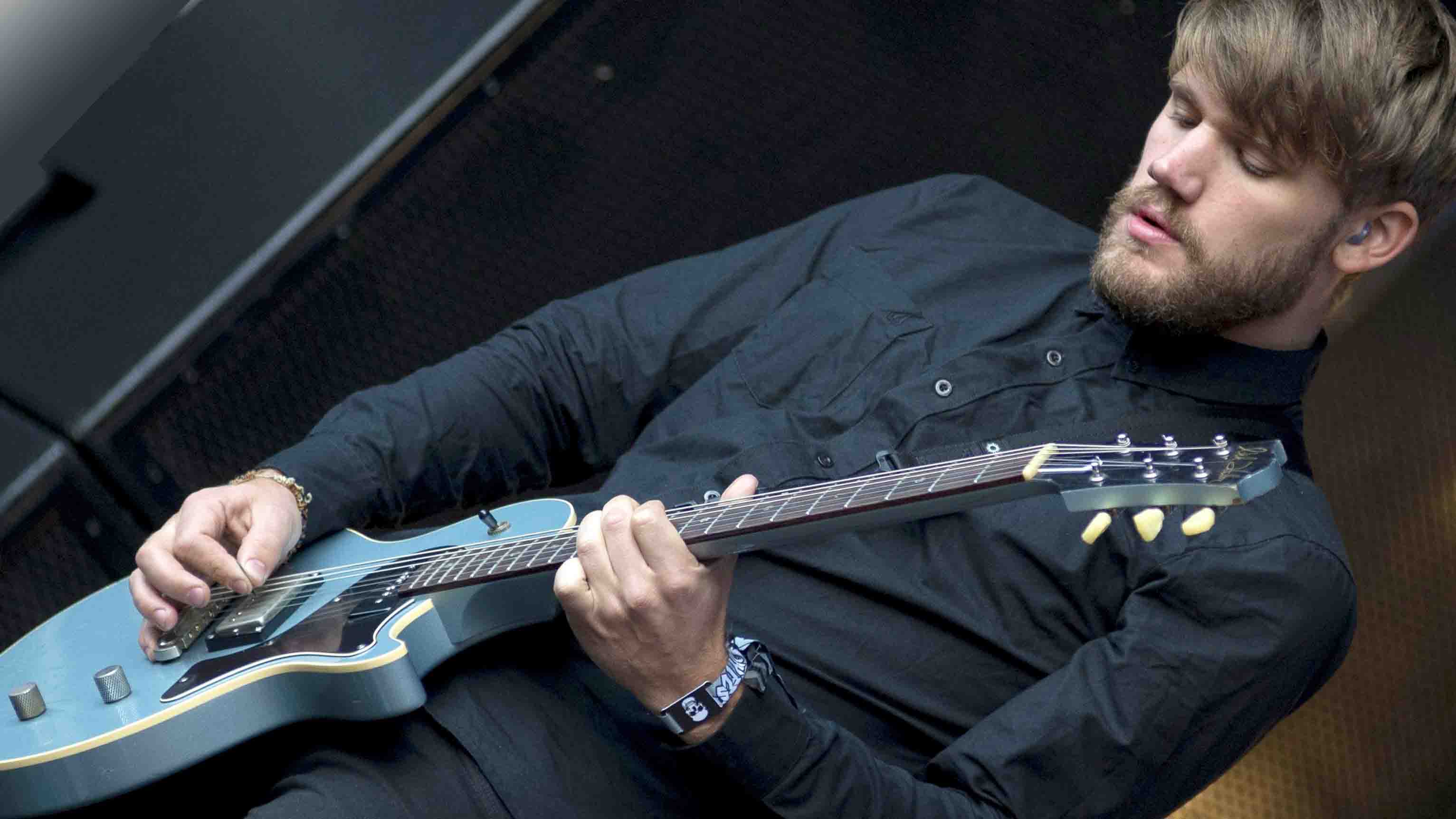
Introduction
Kvelertak have been one of heavy music’s most unlikely success stories in recent years. The Norwegian sextet sing in their native tongue, have three guitar players and somehow won the respect of the punk, hard-rock and extreme-metal communities in one fell swoop.
Their self-titled debut took them from zeroes to heroes in the blink of an eye, landing them a deal with Roadrunner Records and some of the most highly coveted support slots in the biz.
Returning this year with their third full-length Nattesferd, the black ’n’ rollers have redefined their sound without changing the recipe. Guitarist Vidar Landa, who shares duties with fellow six-string cohorts Bjarte Lund Rolland and Maciek Ofstad, explains why it feels like their most organic recording yet…
“I think, more than anything else, you can really hear we did this record live,” nods Landa. “The two previous albums were done to a click track, with drums first and then layers of guitars. After jamming these songs together in a rehearsal room, we thought we’d keep it the same when we recorded. You can definitely hear that - it’s in the way the songs were written.”
If there’s anything more prominent this time round, it’s the more mid-tempo, classic rock influences from AC/DC and Thin Lizzy. And though opening track Dendrofil For Yggdrasil thunders like an angry Viking god cursing down from the heavens, there’s significantly less black-metal brutality overall.
“With Kvelertak,” says Landa, “we’ve always had the same influences, like the blastbeats and tremolo riffs, the more punk-rock stuff by Scandinavian bands like Turbonegro or Hellacopters. And then there’s always been a Thin Lizzy and Black Sabbath vibe, too, but maybe we went even more in that direction this time and lost a bit of the hardcore punk along the way. It definitely feels more classic rock for us.”
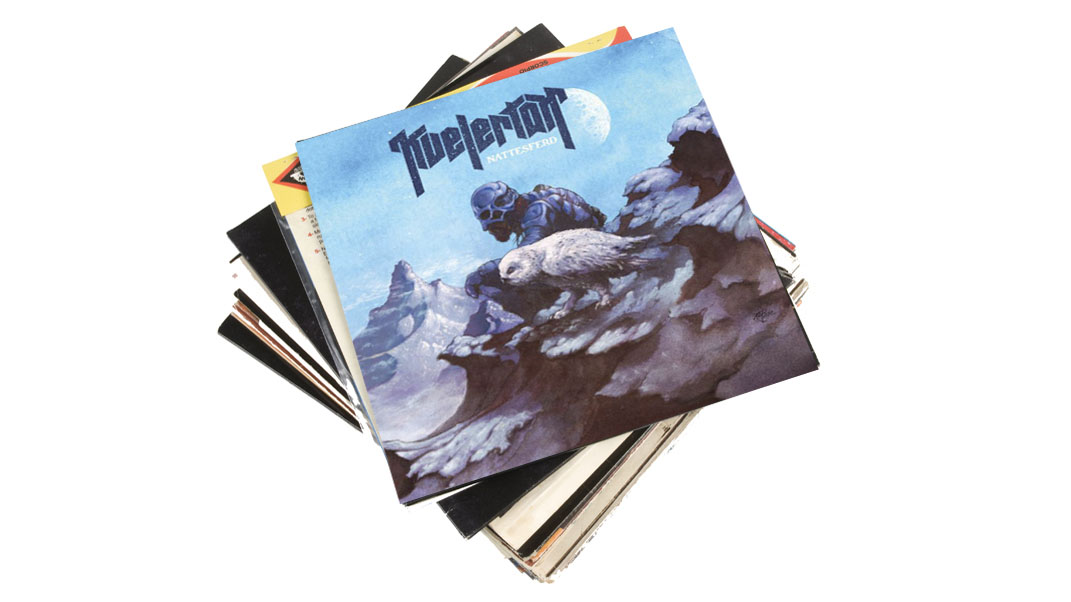
Producing the goods
Perhaps most notably, instead of working with producer/Converge guitarist Kurt Ballou - who produced their first two records at his Boston Godcity Studio - the members chose to stay on home soil and experiment with a new approach.
“This time, we produced ourselves and recorded in Oslo,” continues Landa. “We needed a huge room to set up in, as we were doing it live. There’s a great studio here, and we worked with a British engineer called Nick Terry, who had done the last Turbonegro album plus electronic stuff, and even The Libertines, too.”
With Ballou, the Norwegians found their formula - which was precisely why it was time to shake things up and explore a new creative process.
I’ve been wanting to do a live record for many years now… just go into a studio, play the song and it’s there!
“We definitely needed a change,” continues the guitarist. “Before, Kurt was mostly in charge of the sound, as our arrangements are all done before we go into the studio. I can only speak for myself, but I was really tired of overdubbing guitars in the studio. I’ve been wanting to do a live record for many years now… just go into a studio, play the song and it’s there!
“I just want to get down to the sound of the six of us playing. We played better because we played together. I hope we will continue to work that way.
“We could have done it with Kurt, too - I know he does live recordings - but his studio isn’t that big and it’s a long way to travel from Oslo to Boston. It was easier for us to make it here and give work to local people.”
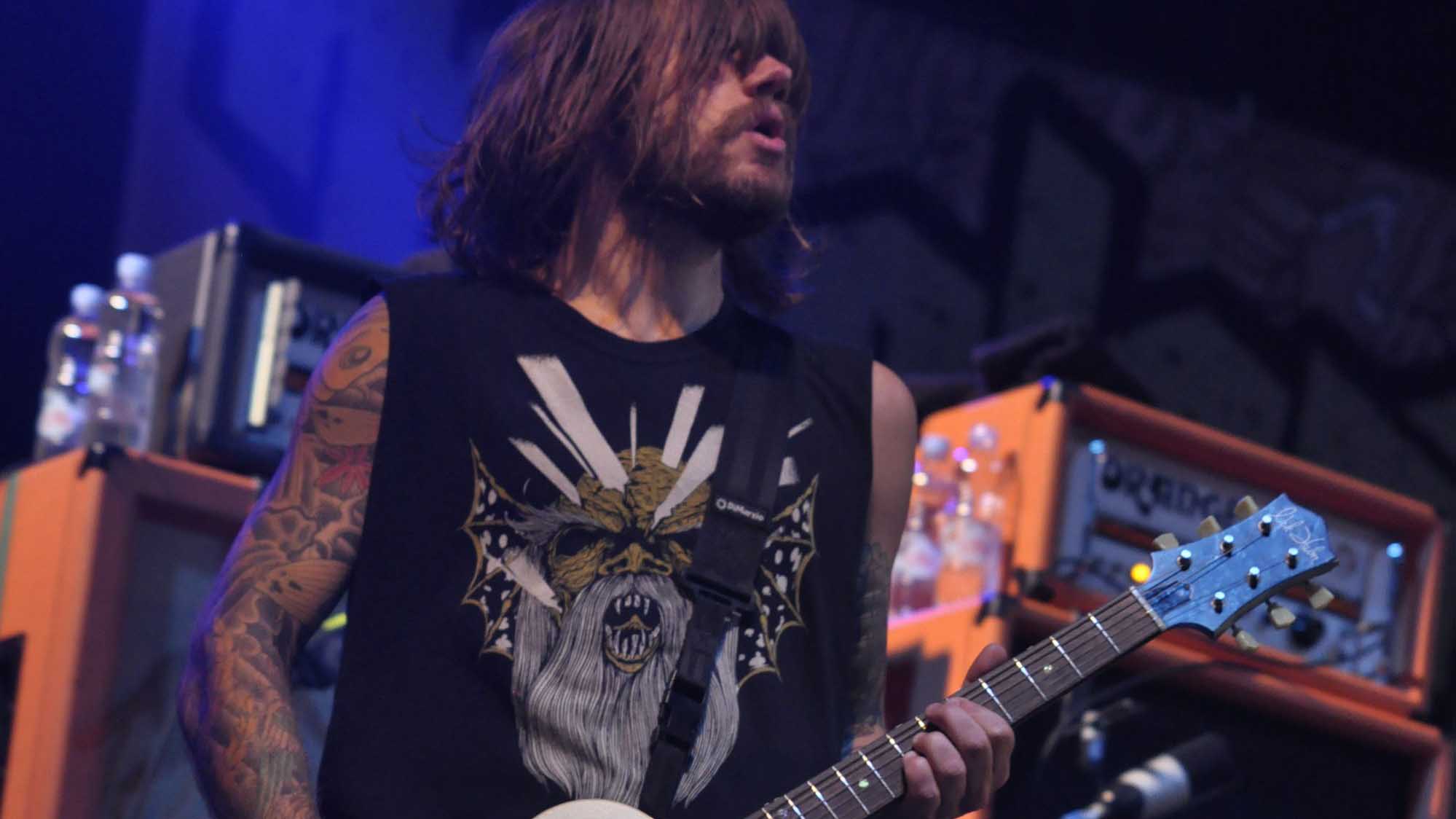
Super-Huber
There’s a similar train of thought in Landa’s approach to gear. For the majority of performances, he’s been seen clutching a Nik Huber Krautster - a high-quality, low-quantity Les Paul Junior-style guitar hand-crafted in Germany.
“I think I played that blue-ish Krautster on pretty much every song; it sounds great with the Cream T pickups I use, which are handmade by a Norwegian guy. Nik Huber also makes a guitar called the Rietbergen, which I played on 1985.
“Apart from that, pretty much everything else electric is that one guitar. I met Nik Huber in Germany on one of our first tours. He brought a guitar and asked if I wanted to check it out. I tried it at soundcheck and really liked it, so he let me keep it and I’ve been playing it ever since.”
I’m definitely not a gear nerd... I stick to what I know works for me
It’s always interesting to hear from a musician that probably has a number of brands hoping to gain his endorsement and yet chooses something infinitely more low-key…
“First of all, I like Nik himself and the fact that it’s a small company,” admits Landa. “I like their concept. And when you’re on the road as much as we are, the guitars really get a beating! His ones always stay in tune - there are never problems with the intonation; they just work every day!
“The only exception is the song Ondskapens Galakse, where I played a Danelectro 12-string guitar on the overdubs and this vintage Vox 12-string acoustic, which we layered on top. But I’m definitely not a gear nerd that checks out all this different stuff - I stick to what I know works for me.”
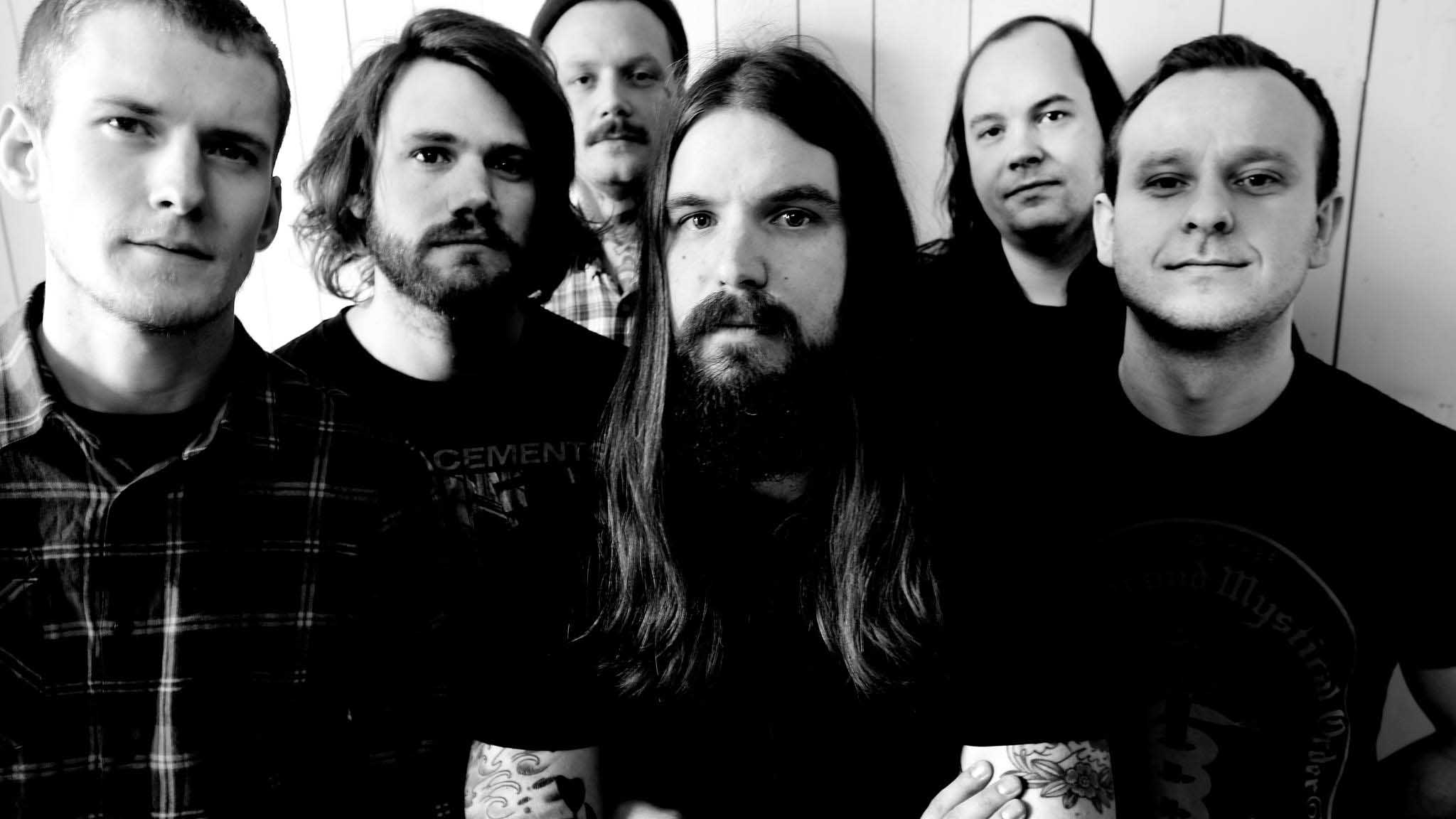
Juicy tones
In the studio, the Krautster and Rietbergen then got split and fed through two amps, which were then blended together to create new tones. While Kvelertak have always sworn by Orange on stage, they prefer adding to the thickness when the red light is on.
“I used a Marshall Super Lead with the Orange Rockerverb,” notes Landa. “We mixed the two together and that was my setup for the whole album. For a lot of the songs, particularly on the Marshall amp, I used an old Boss chorus pedal, which would get blended with the un-effected Orange. We wanted that 80s vibe for songs like 1985 and Berserkr.
“We’ve always used so many different amps. Live, we always play Orange, but in the studio, it’s Orange and whatever else we can find. On the first album, we used some Bad Cat amps, and I’m pretty sure there’s an old Marshall mixed in there, too, somewhere.”
This record sounds like we’ve used the three guitars more than ever before
And though all three Kvelertak guitarists have their own preferences when it comes to tone, the Orange sound remains a staple across the board.
“I don’t even know what the other guys used, but it would usually be a similar setup - an Orange blended with something else. It feels like this record sounds like we’ve used the three guitars more than ever before. In the past, it’s been twin guitar stuff and one rhythm, but this time there’s even more of us doing different things. Nobody seemed to be playing the same thing; we all have different voicings.
“Me and Maciek play with picks, Bjarte plays without... so, when things need to be chuggy and on-point, we take over and Bjart plays something almost fingerstyle strumming over the top. We mess around with sounds in the studio and it’s not too strict – though, for me, I found one sound that worked and used it for the whole record. I changed guitar on a couple of songs; apart from that, everything stayed the same.”
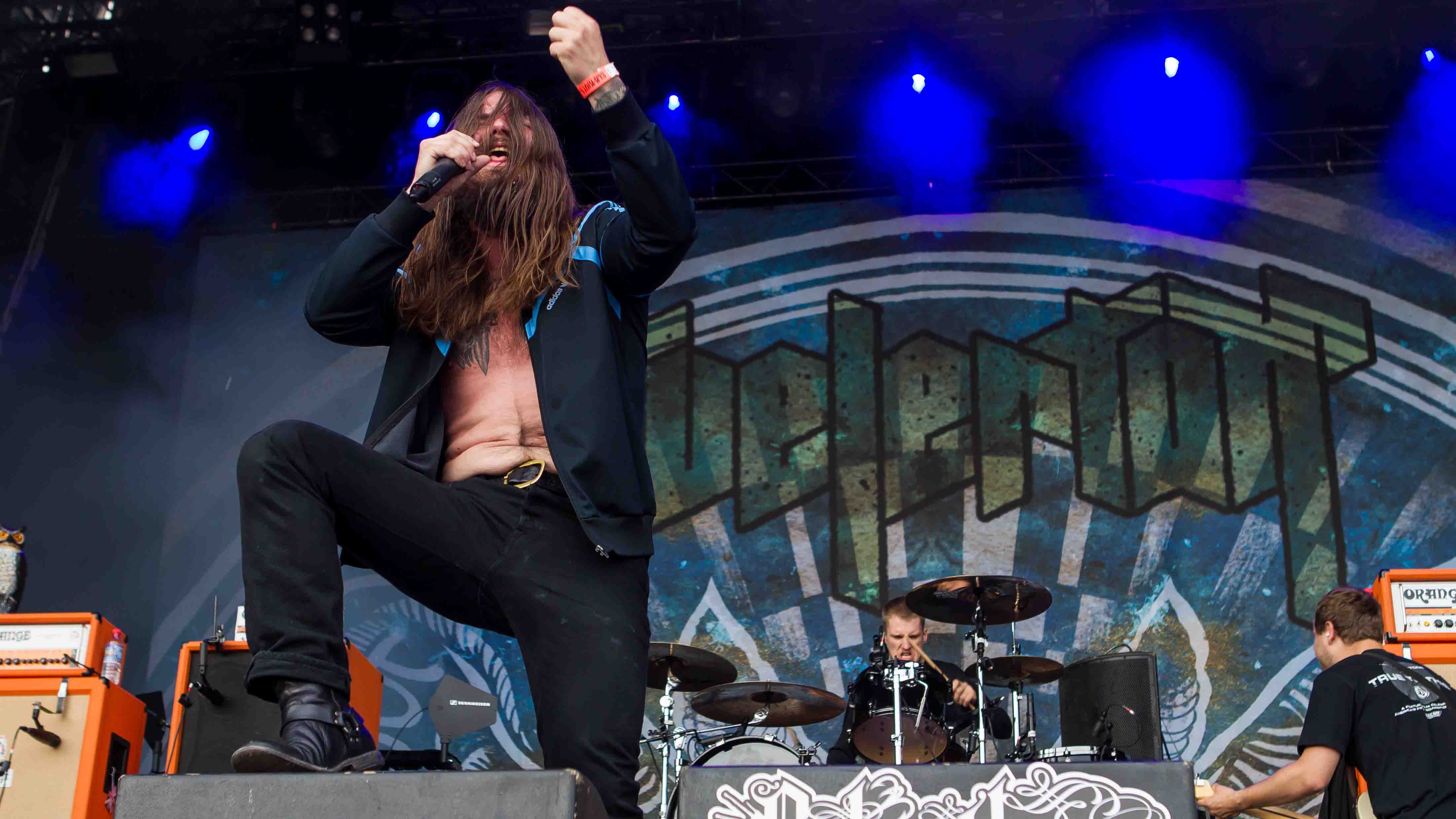
Famous fans
It’s certainly a simpler approach, but most importantly of all, it’s one that seems to be working. Kvelertak’s unabashed melting pot of all their influences has elevated them as one of the most exciting names in heavy music today.
They’re a band that can go tour with anyone, from hardcore heroes like Converge to metal royalty in Slayer, and by their own admission, it’s what keeps them sane while those calendar months tick by on the bus.
They’ve even seen Instagram posts of their heroes rocking at their shows - most memorably when Machine Head’s Robb Flynn posted a shot of him and Metallica legend James Hetfield at Kvelertak’s San Francisco show on 7 May 2013. The caption read: “Hetfield and I headbanged in unison more than a few times.” If that isn’t a glowing endorsement, then nothing is…
It’s crazy… that is stuff we never thought would happen
“Yeah, that was insane,” remembers Landa. “We met James for the first time that night - he came to hang out and was super-cool. And since then, he came to see us at Roskilde and had lunch with us, invited us to watch them from the side of the stage. Then last summer, they took us out for some shows… they’re just super-nice guys.
“I didn’t think we’d get to see them that much, but already on the first day, everyone in the band came over and introduced themselves saying they dig our band. It’s crazy… that is stuff we never thought would happen.”
They’d better get used to it - Kvelertak look destined for a long and fruitful career indeed.
Nattesferd is out on 13 May via Roadrunner Records.
Amit has been writing for titles like Total Guitar, MusicRadar and Guitar World for over a decade and counts Richie Kotzen, Guthrie Govan and Jeff Beck among his primary influences. He's interviewed everyone from Ozzy Osbourne and Lemmy to Slash and Jimmy Page, and once even traded solos with a member of Slayer on a track released internationally. As a session guitarist, he's played alongside members of Judas Priest and Uriah Heep in London ensemble Metalworks, as well as handling lead guitars for legends like Glen Matlock (Sex Pistols, The Faces) and Stu Hamm (Steve Vai, Joe Satriani, G3).
